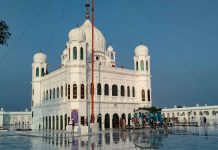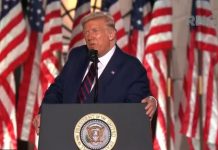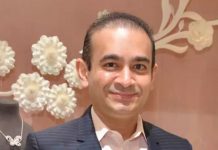Former Dy CM Baig had quit the PDP following his rift with party chief Mehbooba Mufti’s stand on revocation of Article 370 as he wanted the party to acquiesce to the Centre’s move. One wonders how Mehbooba will reconcile her politics with that of Baig now, writes Riyaz Wani

In a surprising turn of events, veteran J&K politician Muzaffar Hussain Baig returned to the People’s Democratic Party (PDP) on January 7, the seventh death anniversary of the PDP founder and former J&K former chief minister Mufti Mohammad Sayeed.
Talking to the reporters on the occasion, Baig said: “I never left the party. If you uproot a tree and plant it somewhere else, it will dry up.”
Baig, also a founding PDP member and a former J&K Deputy Chief Minister, had quit the PDP in 2020 following differences with the party president Mehbooba Mufti in the wake of the revocation of Article 370 in the previous year. One big factor in the split was that Baig was the first major Kashmiri political figure to embrace the Centre after the withdrawal of the all-important constitutional provision.
On the contrary, Mehbooba made the demand for restoration of Article 370, the central feature of her politics, while as the other Valley based parties either diluted their stand on the constitutional provision or moved to toe the BJP line.
Also, Baig is perceived to be close to the BJP and not keen on pursuing a politics centered around the restoration of Article 370. In 2020, while Mehbooba was in detention under PSA for her opposition to rescinding of the special status, Baig was one of the first senior Kashmiri politicians to say that Article 370 was “history” now. So, his return to the PDP fold has raised eyebrows, making people wonder as to how Mehbooba can reconcile her politics with that of Baig
But with Baig by her side, Mehbooba in her speech on father’s death anniversary at South Kashmir’s Bijbehara town, criticized the Centre, alleging a double standard in dealing with different regions. She accused the government of engaging in dialogue with militants in the Northeast while unjustly labeling ordinary Kashmiris as militants.
“We will not surrender; we will not raise the white flag. If you talk to us with dignity, we will respond with respect,” Mehbooba stated, referencing alleged civilian deaths in army custody in Poonch. She criticized the government’s approach in Jammu and Kashmir, citing widespread arrests and raids by agencies like the Enforcement Directorate, NIA and SIA.
However, since the PDP’s founding in 1998, the situation in J&K has come a long way. The PDP first emerged as a credible opposition in 2002 profoundly altering the political scene in the state at that time. On the one hand, the party ended the political monopoly of the National Conference and on the other it turned Congress into a king-maker. With the Kashmir Valley seats split between them, the NC and PDP were hardly in a position to form the government without support from a Jammu-based party: the BJP or Congress. This is why the Congress ruled the state for twelve years as part of the coalition government, first with PDP from 2002 to 2008 and thereafter with the NC from 2009 to 2014. But now with Congress decimated and BJP stepping into the breach, the NC and the PDP – on a decent showing in polls are obliged to share power with the saffron party, even in union territory polls.
In the existing situation, the BJP continues to reign supreme and is likely to be an important partner in a future J&K government. This is where Baig’s return comes in handy for the PDP. He can not only help rebuild the PDP’s strained relationship with the BJP but also shore up the party’s depleted ranks. Following revocation of Article 370, the PDP suffered most desertions of its leaders with some Kashmir observers putting these down to New Delhi pulling the strings. They joined the People’s Conference led by Sajad Lone and the Apni Party led by Altaf Bukhari. But Baig’s return could also pave the way for bringing them back, making the PDP once again a force to reckon with.













